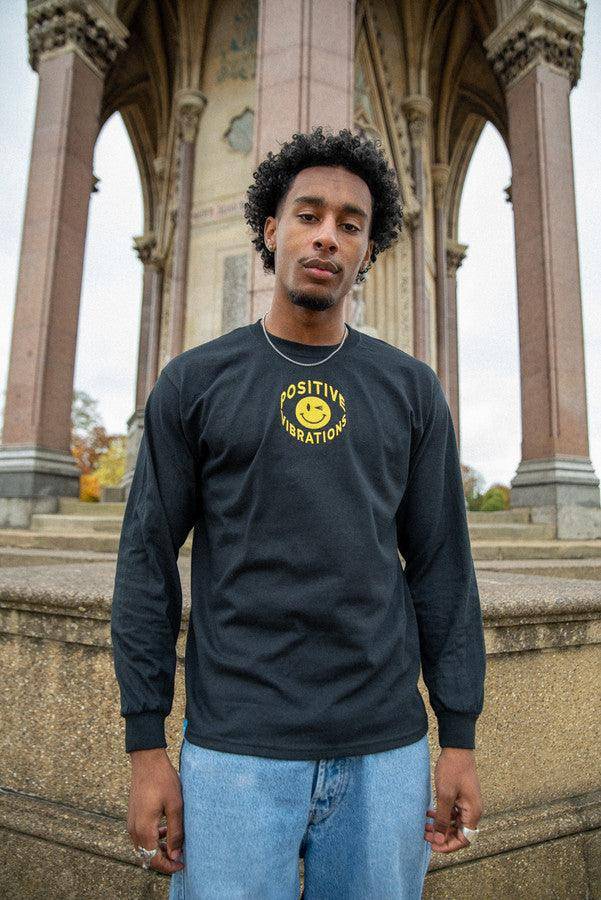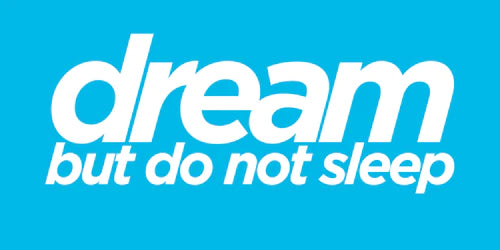
History of Rave Clothing and Its Impact on Modern UK Fashion
Share
The world of fashion is an ever-evolving tapestry, weaving influences from various subcultures and eras into the dynamic trends we see today. One subculture that has left an indelible mark on modern UK streetwear is the rave scene. This blog post explores the history of UK rave fashion, tracing its roots from the underground scene of the 90s to its influence on contemporary street style. We'll delve into key historical milestones, iconic styles and trends, and uncover how modern UK streetwear brands are heavily inspired by this vibrant culture.
A Surge from the Underground: The Birth of UK Rave Fashion
To truly understand UK rave fashion, we must first travel back to the late 1980s and early 1990s when the rave scene started to emerge. Born from the underground dance music culture, raves were clandestine events, held in warehouses and open fields, setting the stage for a new generation of fashion.
The spirit of the rave scene was one of rebellion, freedom, and unity, reflected in its distinctive clothing style. Bright colours, bold prints, and relaxed silhouettes characterised the attire of ravers, creating an environment where self-expression thrived.
For an in-depth exploration, consider checking out our article, How UK 90s Rave Fashion Defined a Generation.
Key Historical Milestones
The Late 1980s: Acid House and the Dawn of Rave
The acid house movement laid the groundwork for rave culture. With its smiley faces and psychedelic prints, acid house fashion was the precursor to rave clothing.
The 1990s: The Golden Era of Rave Fashion
As rave culture exploded across the UK, the fashion evolved. Baggy trousers, neon colours, and sportswear became synonymous with the 90s rave scene. It was during this era that rave clothing became a defining aspect of youth culture, as explored in our article Tracing the Origins of UK Rave Fashion Through the Decades.
The Late 1990s to Early 2000s: The Transformation and Hybridisation
By the late 90s, rave fashion began incorporating elements from punk, hip-hop, and streetwear, reflecting the crossover into mainstream fashion. This hybridisation was pivotal in pushing rave fashion to a wider audience.
Iconic Styles and Trends
The 90s were a vibrant era for fashion, with the rave scene bringing several iconic styles to the forefront:
-
Smiley Face Iconography
The smiley face became the unofficial emblem of the UK rave scene. Today, it enjoys a revival in modern streetwear, with pieces like the Long Sleeved T-Shirt in Black With 90s Rave Smiley Embroidery paying homage to this enduring symbol. -
Baggy and Comfortable Fits
Comfort was key for all-night dance parties, leading to the widespread adoption of baggy trousers and oversized tops. The Navy Fleece 90s Rave Smiley Positive Vibrations Embroidery reflects this ethos with its relaxed and versatile style. -
Neon and Fluorescent Colours
Fluorescent hues were not only a fashion statement but also a practical choice under the dim lights of a rave. -
Customisation and DIY Fashion
The DIY ethic inspired individuals to personalise their clothing, a trend that maintains its relevance in today’s streetwear design, as discussed in our article on Customisation and Personalisation Trends in 2025 Streetwear.
The Influence on Modern UK Fashion
As the 90s segued into the 21st century, the essence of rave fashion didn’t fade. Instead, it morphed and adapted, influencing modern streetwear’s aesthetic and ethos:
Streetwear Brands Inspired by Rave Culture
Contemporary UK streetwear brands often draw inspiration from the rave scene's vibrant aesthetic and spirited ethos. Rave clothing transcends its initial niche, as seen in pieces like the Black Fleece Gilet With 90s Rave Smiley Embroidery, blending practicality with iconic imagery.
The Rise of Unisex Fashion
One of the rave scene's immediate impacts was the shift towards gender-neutral fashion. The oversized silhouettes blurred gender lines, and this inclusivity is echoed in today’s unisex streetwear collections.
Sustainability and Recycled Fashion
The rave scene's DIY roots resonate with the modern shift towards sustainable fashion. The customisation and personalisation of clothing items from the rave era prefigured trends in sustainable fashion practices today, where recycled garments and upcycling are increasingly popular.
Conclusion
Rave fashion, born from the rhythm and unity of the underground dance scene, remains a vibrant thread in the fabric of UK fashion. With its roots entwined in a sonic world of freedom and escapism, its influence can be seen on catwalks and streets alike.
As we continue to explore the convergence of past and present fashion styles, the legacy of the UK rave fashion history is ever-present. Whether it's the revival of smiley face motifs or the enduring comfort and versatility of baggy silhouettes, the spirit of the rave scene lives on in the vibrant world of modern UK streetwear.
For a closer look at how these styles are carried into today’s fashion, visit Dream But Do Not Sleep. Embrace the past, and wear it proudly as we celebrate the rich tapestry of UK fashion influenced by the rave culture.


